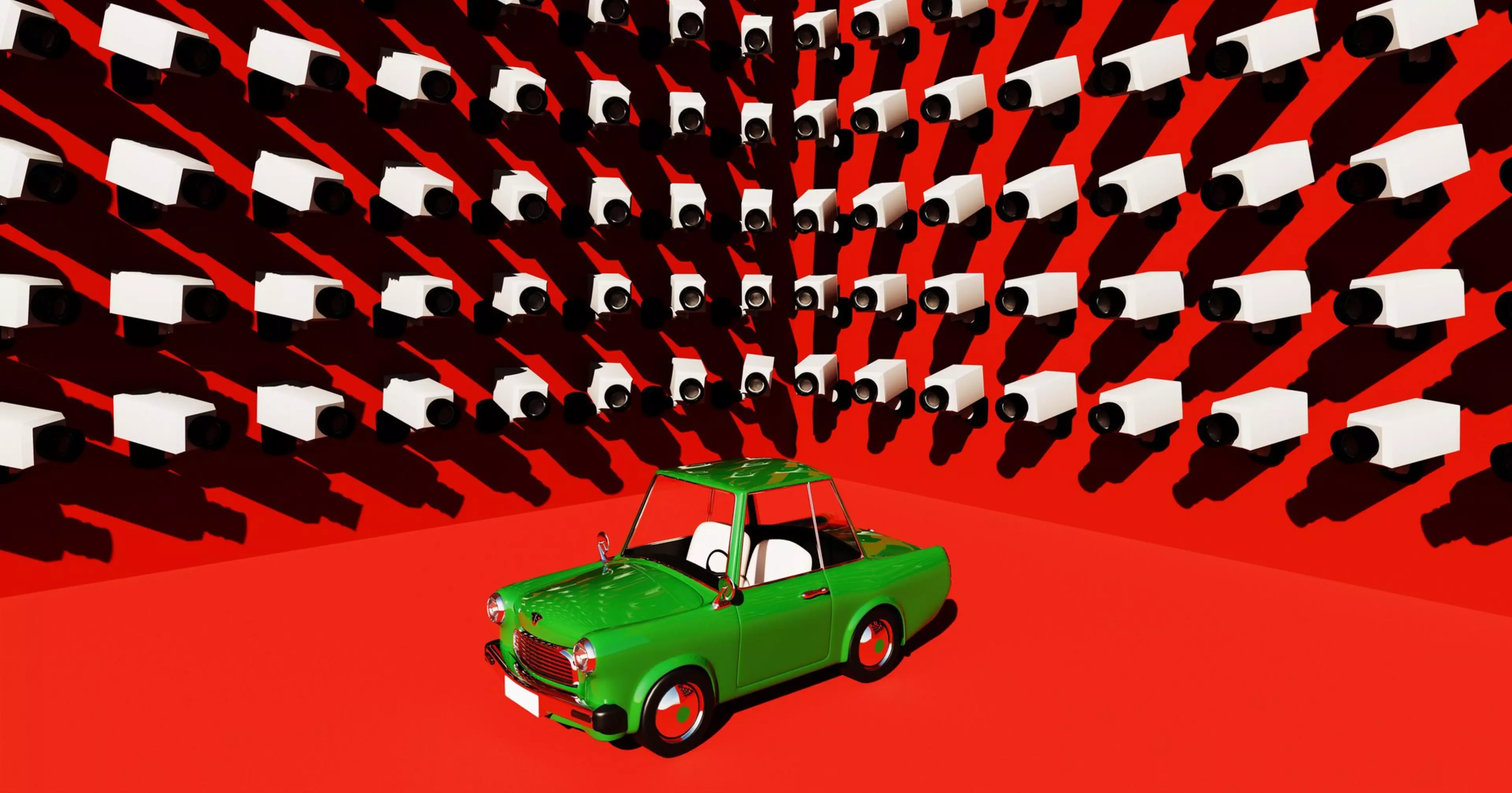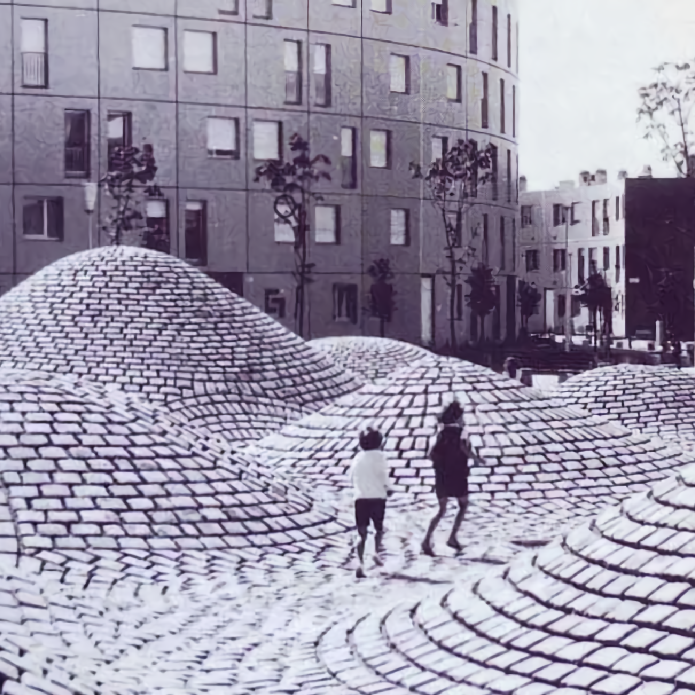
Brave to post this on Lemmy lol.
I get the point and there is validity to it. But on the other hand I get very grumpy at people who look at the state of the world and think “yeah, this is as good as it can ever be”.
It’s good to discuss, explore, and test alternatives, even if they are unproven. That’s how we keep moving forward.



























I guess you didn’t realize that your place in the afterlife is determined by how Lemmy votes on your memes.